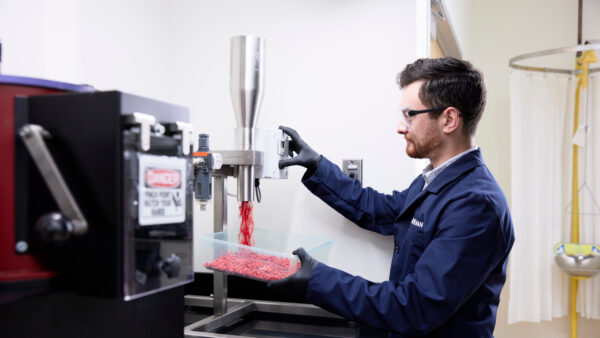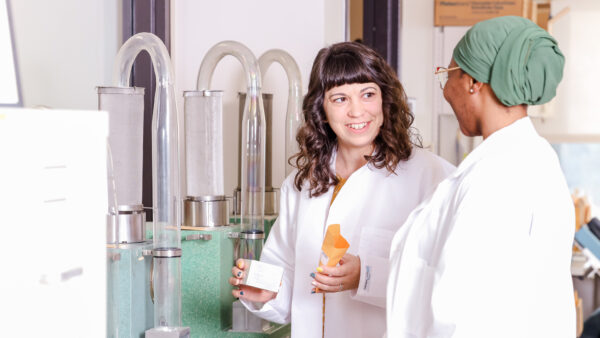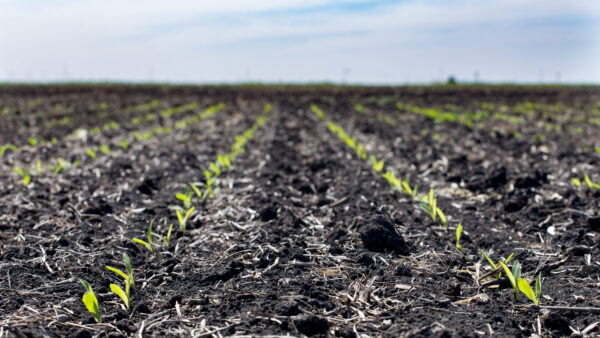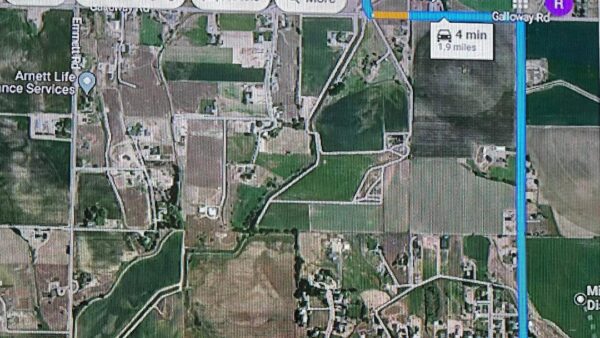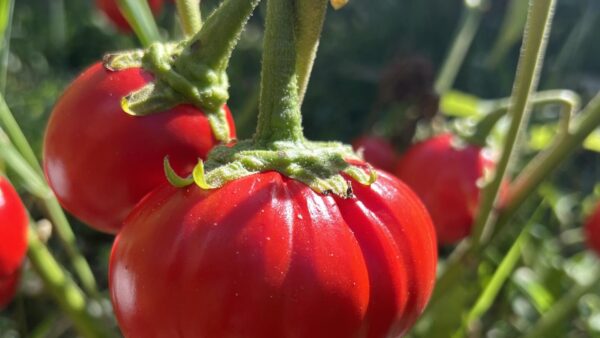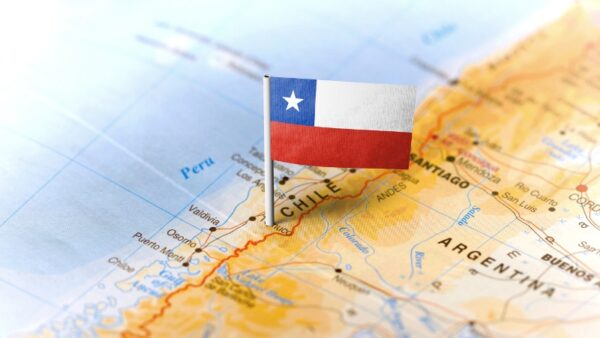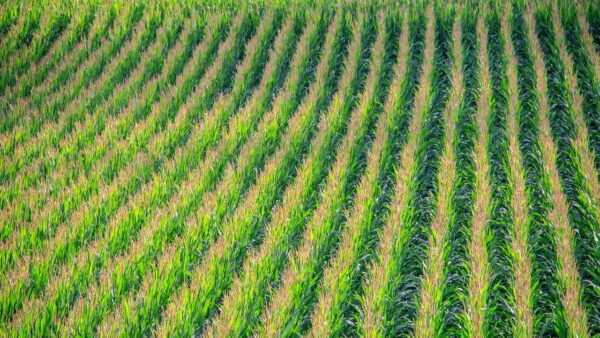Third Quarter 2017 Highlights
DowDuPont reported GAAP diluted earnings1 per share of $0.32. Pro forma adjusted earnings2 per share of $0.55 increased 10 percent compared to the year-ago period. Pro forma adjusted earnings per share excludes significant items in the quarter, which totaled charges of $0.37 per share, as well as $0.08 per share for DuPont amortization of intangible assets.
GAAP net sales increased 23 percent. Pro forma net sales increased to $18.3 billion, up 8 percent versus the year-ago period, led by gains in the Materials Science segments Industrial Intermediates & Infrastructure (16 percent), Packaging & Specialty Plastics and Performance Materials & Coatings (8 percent each), and the Specialty Products segments Transportation & Advanced Polymers (9 percent) and Safety & Construction (6 percent). Sales rose double-digits in Europe, Middle East and Africa (EMEA) (16 percent) and in Asia Pacific (10 percent). Sales in North America grew 4 percent, while sales in Latin America declined driven by weakness in Agriculture due to expected lower corn area and a delayed start to the summer season in Brazil.
Pro forma volume grew 4 percent, reflecting consumer-led demand in packaging, electronics, transportation, oil and gas, building and construction, and consumer care end-markets. Volume grew in almost all operating segments, led by Electronics & Imaging (13 percent), as well as Packaging & Specialty Plastics and Safety & Construction (6 percent each). Regional volume gains were led by Asia Pacific (10 percent) and EMEA (5 percent).
Pro forma local price rose 3 percent, led by Industrial Intermediates & Infrastructure (12 percent), Performance Materials & Coatings (6 percent), and Transportation & Advanced Polymers (3 percent). Pro forma local price increased in all geographies except Latin America.
Pro forma operating EBITDA3 increased 7 percent to $3.2 billion, driven by volume and price gains; higher equity earnings; and lower pension/OPEB costs4 due to purchase accounting. These gains more than offset higher feedstock costs, weak conditions in agriculture markets, the unfavorable impact of hurricanes, and startup costs related to new assets on the U.S. Gulf Coast.



